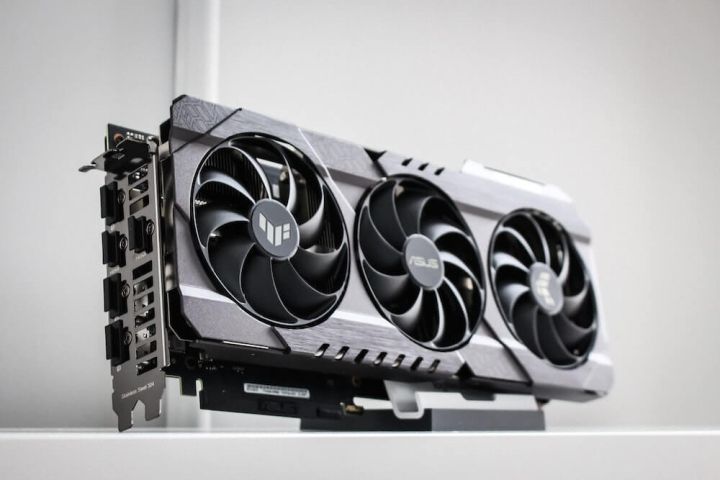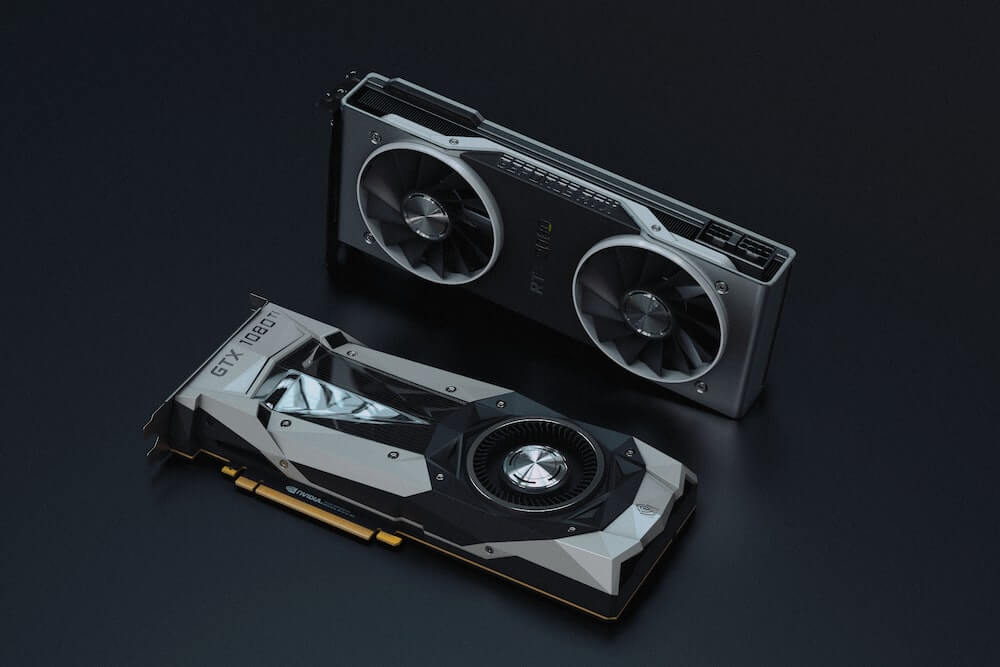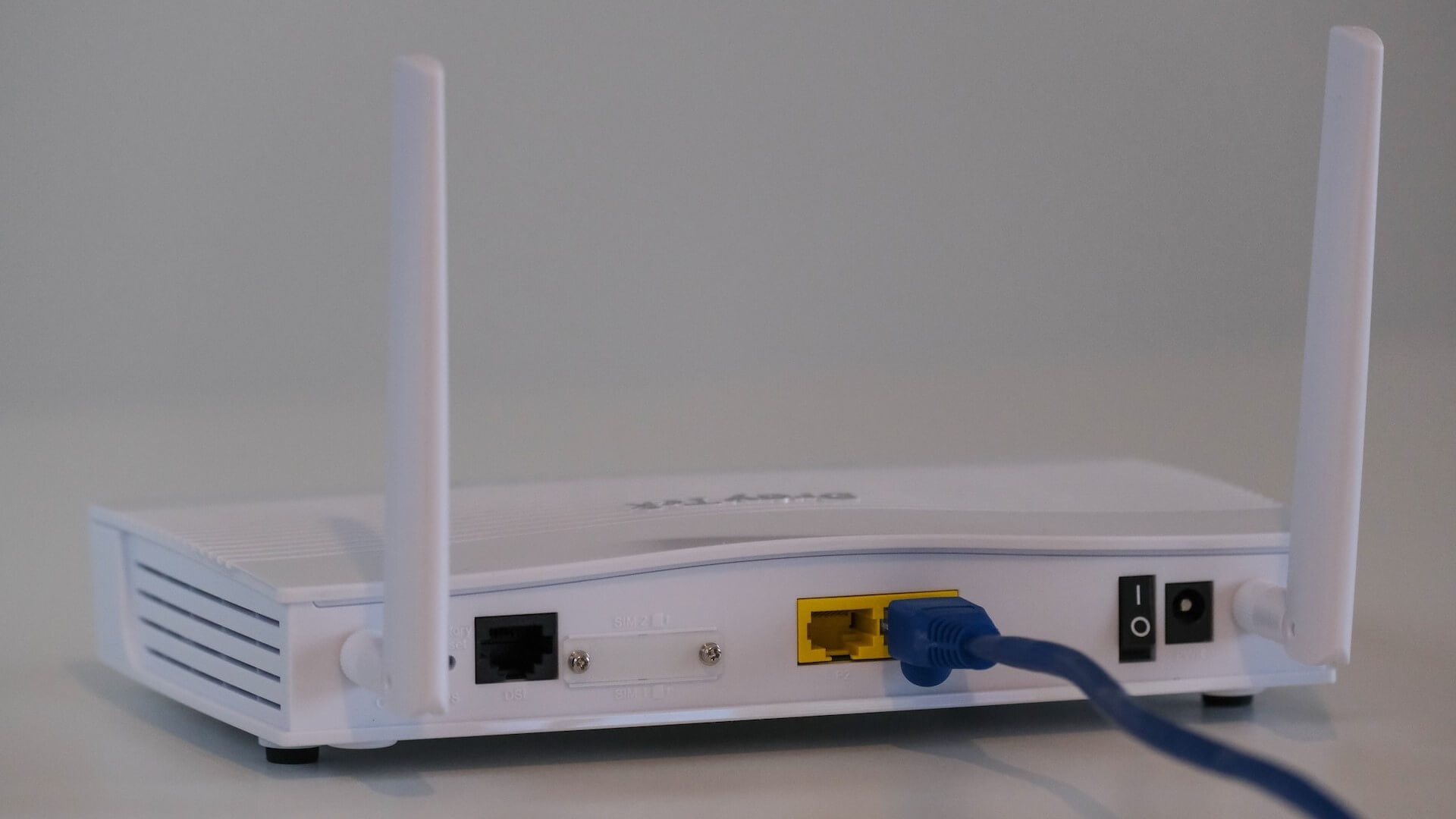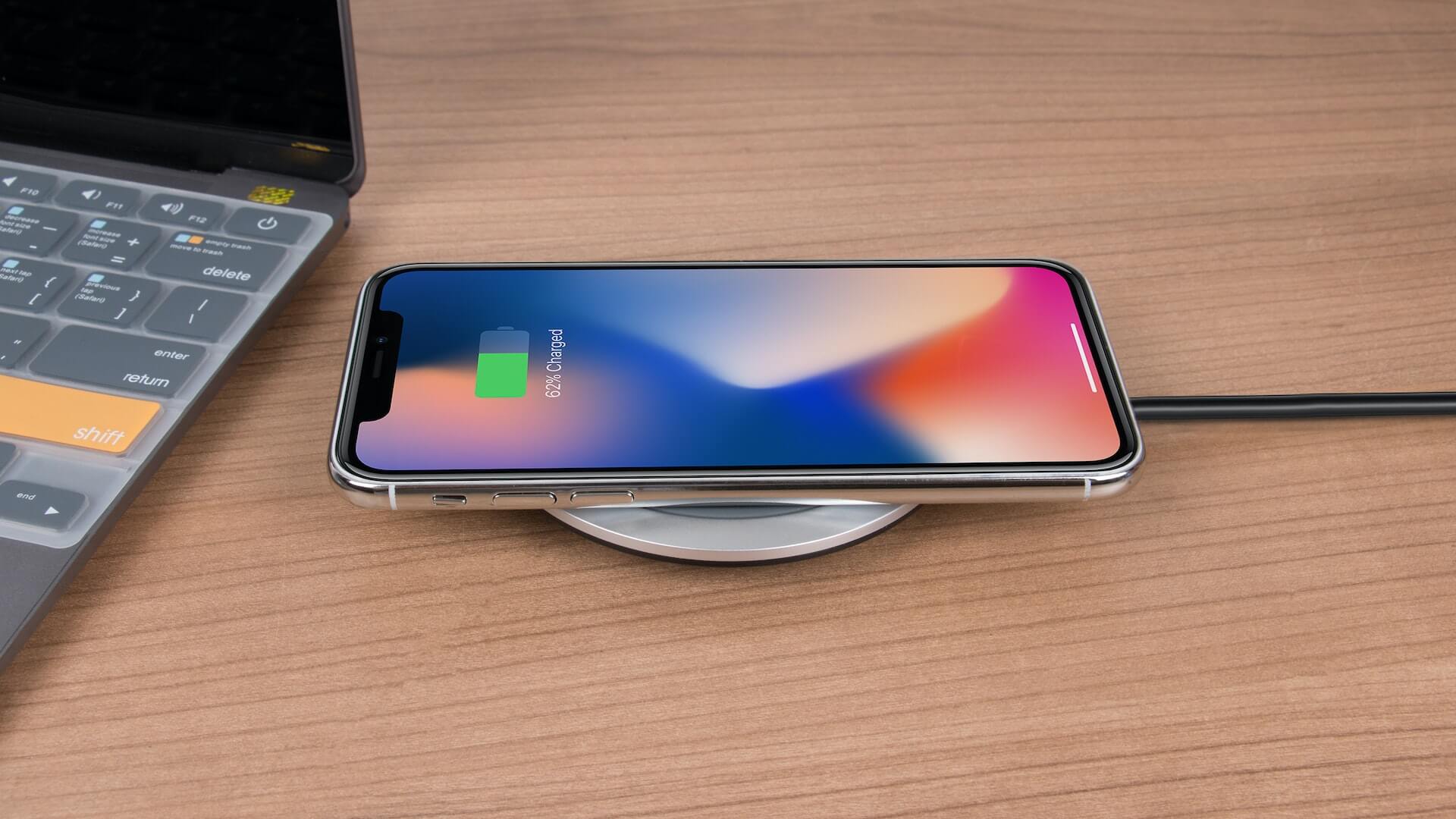
What is a discrete graphics card
Discrete graphics card refers to a graphics card that exists as an independent board and needs to be inserted into the corresponding interface on the motherboard. Discrete graphics card has independent video memory, does not occupy system memory, and is technically ahead of integrated graphics card, which can provide better display effect and operating performance. Discrete graphics cards are divided into built-in discrete graphics cards and external graphics cards. As an important part of the computer host, the graphics card is very important for those who like to play games and engage in professional graphic design. At present, the suppliers of graphics chips for civilian graphics cards mainly include AMD (formerly ATI) and nVIDIA.

Main components
Display chip (model, version level, development code, manufacturing process, core frequency)
Video memory (type, bit width, capacity, package type, speed, frequency)
Technology (pixel rendering pipeline, number of vertex shading engines, 3D API, RAMDAC frequency and support of MAX resolution)
PCB board (number of PCB layers, video card interface, output interface, heat dissipation device)
brand
Graphics card classification
Discrete graphics cards are divided into built-in discrete graphics cards and external graphics cards. The discrete graphics card we usually see is a built-in discrete graphics card. It is a real graphics card plugged into the motherboard, such as an AGP or PCIE slot. When you disassemble the case, you can see that it is connected to the signal cable of the monitor. There are two types of built-in independent graphics cards: pure independent graphics card and mixed video memory graphics card. Needless to say, the former is an ordinary graphics card, and the latter is a graphics card with its own video memory and can call the system memory through the system bus to increase the memory capacity. Typical The Turbo Cache technology developed by nVIDIA and the Hyper Memeroy technology of ATi can do this. Different from the latter integrated graphics card, when the integrated graphics card divides the system memory, it will find that the displayed system memory is less. Although this technology occupies the system memory, it will not show that the system memory is less. Its work is like the software calling the system memory. same as memory.
Compared with integrated display
The graphics card exists as an independent board and needs to be inserted into the corresponding interface on the motherboard. The independent graphics card has a separate video memory, does not occupy the system memory, and is technically ahead of the integrated graphics card, which can provide better display effects and operating performance. Integrated graphics means that the chipset is integrated with a display chip. The motherboard using this chipset can realize ordinary display functions without an independent graphics card. It has an advantage in price to meet general home entertainment and business applications and save users from buying Graphics card expenses. A chipset that integrates a graphics card is also often called an integrated chip, and such a motherboard is often called an integrated motherboard. The integrated graphics card does not have video memory, and uses part of the main memory of the system as video memory. The specific number is generally automatically and dynamically adjusted by the system according to needs. Obviously, if you use the integrated graphics card to run programs that require a lot of video memory, the impact on the entire system will be more obvious. In addition, the frequency of the system memory is usually much lower than that of the discrete graphics card, so the performance of the integrated graphics card is worse than that of the discrete graphics card.






